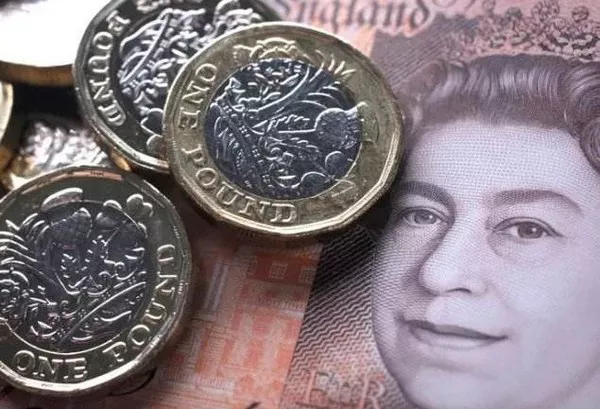The Pound Sterling (GBP) struggled to maintain its upward momentum against the US Dollar (USD) last week, with the GBP/USD pair facing resistance around the 1.2700 level.
Pound Sterling’s Attempt at Recovery
GBP/USD broke below its previous week’s consolidation, hitting a seven-week low near 1.2540 on Tuesday. Despite a subsequent rebound to nearly 1.2700, buyers failed to sustain the upward movement, resulting in a decline later in the week.
The fluctuation in GBP/USD prices was largely influenced by market sentiment regarding the possibility of a dovish shift in US Federal Reserve (Fed) policy as early as June. With no significant fundamental developments from the United Kingdom (UK), the pair was primarily driven by dynamics within the US Dollar market.
Earlier in the week, strong US economic data, including the ISM Manufacturing PMI, JOLTS Job Openings, and ADP Employment Change figures, bolstered the US Dollar and Treasury bond yields. This led to speculation that the Fed might delay its anticipated policy shift.
According to Reuters, the ISM reported an increase in manufacturing PMI to 50.3 in March, marking the first reading above 50 since September 2022. Additionally, job openings in the US rose to 8.756 million, while the private sector added 184,000 jobs in March.
Despite robust data, markets continued to price in a 64% probability of a Fed rate cut in June, as indicated by the CME Group’s FedWatch Tool. This was influenced by remarks from Fed officials throughout the week.
Cleveland Fed President Loretta Mester mentioned her expectation of rate cuts this year but ruled out the possibility of a cut in May. San Francisco Fed President Mary Daly described three reductions in 2023 as a “reasonable baseline.” Fed Chairman Jerome Powell reiterated the likelihood of rate cuts this year.
However, a shift occurred in the latter part of the week, with a group of Fed speakers adopting a more hawkish stance. This led to a reversal in US Treasury bond yields and a subsequent decline in the US Dollar. Consequently, GBP/USD retreated from its two-week highs.
Chicago Fed President Austan Goolsbee emphasized the challenge of returning inflation to 2% if housing inflation persists. Minneapolis Federal Reserve Bank President Neel Kashkari questioned the necessity of rate cuts if inflation remains stable. Richmond Fed President Thomas Barkin highlighted the uncertainty surrounding the pace of disinflation.
On Friday, geopolitical tensions between Israel and Iran contributed to broad risk aversion in the market, further pressuring GBP/USD. The release of the Nonfarm Payrolls (NFP) report, showing an increase of 303,000 jobs in March and a decline in the unemployment rate to 3.8%, strengthened the USD and pushed GBP/USD below 1.2600.
Looking Ahead: Focus on US CPI Data
In the upcoming week, attention will turn to US inflation data, particularly the Consumer Price Index (CPI) on Wednesday and the Producer Price Index (PPI) on Thursday. Additionally, market participants will monitor the release of the minutes from the March Fed meeting, the UK GDP report for February, and US consumer sentiment and inflation expectations data.
Speeches from Fed policymakers will also be closely watched for insights into the timing and extent of potential Fed interest rate cuts in 2023.


